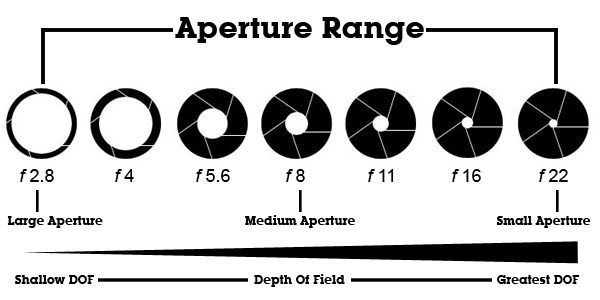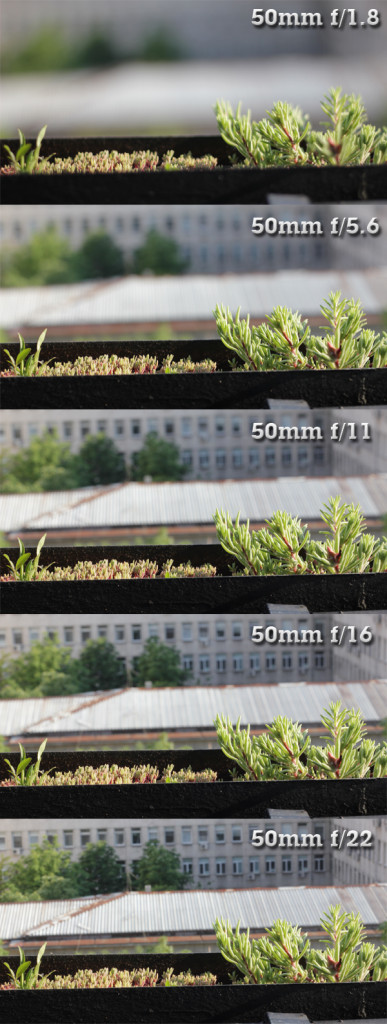The
VIEW OUR TRAVEL PHOTO ALBUM >
August 17, 2015
Get Out of Auto! [ Aperture ]
[part of the Monday for Moms blog series – small tips and tricks that will make big changes in photos of your children]
Today it is time to get into the nitty gritty of manual camera functions! The exposure triangle consists of three camera functions – shutter speed, ISO, and aperture. Adjustments in these settings control the exposure of images you take on a DSLR camera. Today, I’ll focus on aperture which is a change made to the camera lens. Adjusting aperture changes the size of a circular opening in the camera lens. Available aperture sizes vary from lens to lens.
Simply put, aperture is like the iris of the eye. When the iris constricts, less light reaches the eye (this is needed in bright situations). When it is dark, the iris dilates and allows more light to enter the eye. In the same way, the aperture camera setting allows more light to reach the camera sensor when wide open, and less light to reach when closed tighter.
Aperture is also called “f-stop” and the aperture range is often indicated with the letter “f” in front of the biggest size aperture the lens can create. The numbering is inverse to the size of the opening, so the larger the number, the smaller the opening and the smaller the number the larger the opening. If your lens says f2.8 or 2.8, the largest aperture available for your lens is a 2.8.
While the primary function of aperture is to change the amount of light that enters the camera sensor, it isn’t the function that is typically used to make an image darker or lighter exposure wise. Aperture is selected based off of how much of the image is desired to actually be in focus.
Bokeh is the portion of the image that is blurred out or not in focus. Now, some may ask, why would someone want their images to be blurred? The bokeh in the image gets rid of distracting elements surrounding the subject and draws attention to what the photographer actually wants to focus on.
The amount if bokeh in an image is determined by the depth of field (DOF). A shallow or narrow depth of field creates an image where just a small plane is in focus – everything behind the subject and everything in front of the subject is blurred. A large depth of field means that a larger plane of the image is in focus, and less of the image is blurred.
When photographing 1 person, I typically shoot with an aperture of 2.8 or less. With larger groups, I use a higher f-stop to assure everyone will be in focus. Always focus on your subject directly on the eye that is closest to the camera. With a larger group, focus on a the eye of a person who is near the center of the group.
Another adjustment that will help create nice bokeh in an image is to bring your subject away from the background. Putting distance the subject and the background itself AND a larger aperture like 2.8 can create nice smooth bokeh.
Aperture chart and example images are credited to Stefan Surmabojov. Here’s the original aperture article they were featured in if you’d like some more reading.
I love to hear from you! Comment below.
– Nikki
4



Love the comparison photos. Great post!
great article!
Great advice!!
<3 Thank you !!!